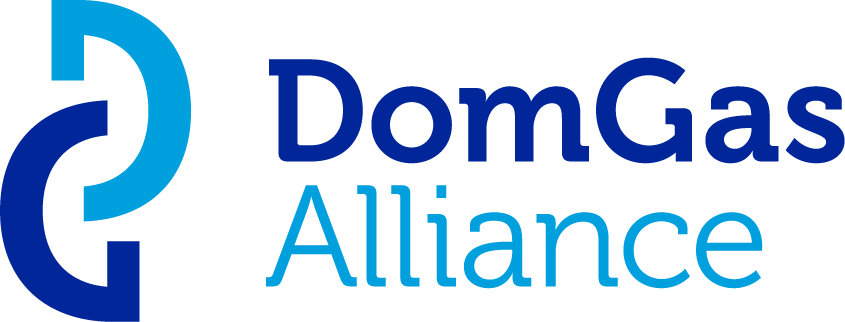Plans for future gas infrastructure and supply released
The 2021 National Gas Infrastructure Plan (NGIP) and the Future Gas Infrastructure Plan have been revealed by the Federal Government to outline a clear pathway for Australia’s gas supply and infrastructure up 2041.
Outlining actions to ensure gas can be delivered at lower costs, the NGIP includes key findings focusing mainly on the east-coast gas demand and supply need. Specifically, the report presents a blueprint for east coast development over the next 20 years, with long-term goals for development of gas supply.
The report specifies the demand for gas in east coast market to the mid-2030s is predicted to be stable across all demand scenarios (‘Stable Demand’, ‘Grid Stability’ and ‘Low Demand’), with consumers and LNG exports contracts in favour of continued production.
The Future Infrastructure Investment Plan was released as complimentary to the 2021 NGIP, acting as the investment framework and focal point for the Federal Government.
The Investment Framework provides the specific targeted support required to accelerate the development of critical gas infrastructure projects.
Both these reports follow the Interim Report of the National Gas Infrastructure Plan which was made public in May 2021 and looked at priority infrastructure development that would assist in alleviating forecasted gas supply shortfalls.
“The Morrison Government is serious about gas and acknowledges the important role it plays supporting jobs, food production, manufacturing, industry, exports and energy supply,” said Angus Taylor, Minister for Industry, Energy and Emissions Reduction.
The Australian Pipelines and Gas Association has welcomed the releases, with Chief Executive Office Steve Davis responding, “Natural gas is a major source of energy to the Australian economy, it currently provides 27 per cent of end use energy which is more than electricity and second only to liquid fuels.”
“While gas is on a decarbonisation pathway as set out in Gas Vision 2050, demand for natural gas is not forecast to decline until well into the next decade, at which time we expect renewable, zero carbon gases such as hydrogen and biogas will be replacing it.” Said Mr Davis.
